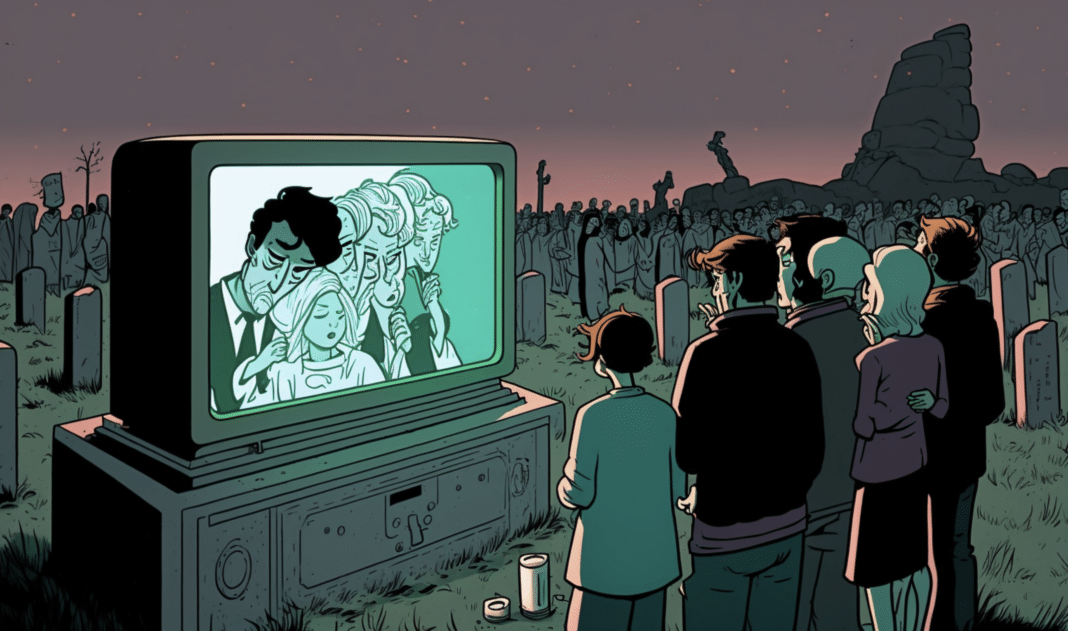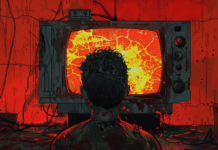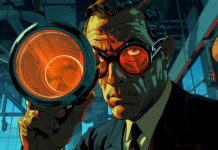The Agency of Record (AOR) model, which has been a staple in the advertising industry for over 50 years, is facing an existential crisis as brands look for more value and greater efficiency in their advertising spend. While the AOR model has been effective in the past, recent trends in advertising, including shifts toward e-commerce, data and performance marketing, have forced agencies to diversify their offerings beyond traditional media and creative services. As a result, there has been a decrease in the value of new business for creative and media agencies. According to a recent report from consultancy R3, large advertisers are consolidating their marketing with holding groups that offer integrated services.
Some industry experts believe that the AOR model is still relevant, albeit in a smaller capacity. For instance, Pam Hamlin, CEO of Arnold Worldwide, believes that the AOR model can still work for large consumer brands as long as there is clarity around who leads and who ultimately is the final arbiter of the quality of the strategy and the creative work. Hamlin suggests that the AOR should continue to serve as the keeper of the brand flame across all media, even those communications the AOR doesn’t execute themselves.
However, many brands, including Frito-Lay, Best Buy, Mondelez International, PepsiCo, and Constant Contact, are choosing a DIY AOR model. In a Wall Street Journal piece last year, Mondelez’s CMO, Dana Anderson, said that it’s time to accept that the AOR model is no longer the pathway to Oz for clients or agencies. Anderson notes that digital has created thousands of new mediums, and it’s just not possible for one agency to be an expert in all these areas.
The Agency of Record (AOR) model has been the traditional way of marketing and advertising, where a single agency is responsible for all marketing services a brand needs. However, the AOR model is being replaced by more project-based models because of digital media, which has brought new marketing needs such as social media marketing, email marketing, and digital advertising, that require sub-specialties that are difficult to hire for.
This model has given way to a mix of different agencies to supply various specialized services. Although some companies still rely on the AOR model, others have opted for the DIY model, where they use several different agencies to complete different tasks. There is also a new “Voice Agency of Record,” where VaynerMedia was bestowed this title by JPMorgan Chase.
However, partnerships will continue to be the driving force behind marketing, and brands will look to roll support into several agencies, leading to new opportunities. While the AOR model is threatened, it is not dead, and the landscape will continue to change in the digital world.
The shift away from the AOR model is also being driven by a need for greater efficiency and value. Large advertisers are looking to diversify their marketing spend, and they’re seeking out agencies that can provide more advanced solutions. Greg Paull, principal at R3, says that the future is in e-commerce, data, and performance marketing, and agencies need to sell more advanced solutions to clients.
The use of multiple specialized agencies can create a robust toolkit for companies to take on new initiatives and drive innovation. To achieve the best results, companies should give their partners time to understand their business, marketing, and technology needs. The lipstick on a pig approach of bolting on the word “Digital” to the agency of record model is not sufficient, and companies need to choose specialized agencies that align with their goals and challenges.
The move away from the agency of record mindset fosters a culture of entrepreneurship and creates an environment that supports new ways of working. As the demand economy continues to grow, companies that partner with specialized agencies will be better equipped to meet their customers’ needs and create remarkable experiences that set them apart from the competition.
The rise of new guard independent agencies in the US suggests that CMOs are looking for bold ideas that maximize value. According to the R3 New Business League report, OKRP, Barkley, and Zambezi all joined the top 10 US creative agencies in the last month of the year. These independent agencies are besting more established agencies by winning pitches for Burger King, Red Lobster, and Under Armour, respectively.
While the AOR model may no longer be as relevant as it once was, it’s clear that there are still opportunities for agencies to win new business. The key is to be able to offer more advanced solutions that can help brands maximize value and efficiency. Agencies that can adapt to the changing landscape of advertising and provide innovative solutions are likely to be the ones that thrive in the years to come.










